Maros, South Sulawesi, 6 Ramadan 1435/4 July 2014 (MINA) – Indonesian Ministry of Marine and Fisheries commit to make shrimp commodity increasing national income. They Increase by Eco Culture Vaname Estate model.
The model combines super intensive technology of shrimp pond with enlargement unit, water treatment unit, shrimp processing unit and supporting units such as warehouses and their resident, said Minister of Marine and Fisheries, Sharif C. Sutardjo, in the Punaga village, Mangarabombang, Takalar, South Sulawesi, on Thursday (26/6).
With the model they have harvest Three times, 70th day, 90th and 105th day. Total production of the harvest were 750/m2, 1,000/m2 and 1,250/m2, Antaranews quoted by by Mi’raj Islamic News Agency (MINA) as reporting.
According to Sharif, strategic research in developing shrimp with Small Scale Intensive Farm need to be expanded. Feature of the devolepment are area of fishpond around 1,000 m2 , water depth> 2 m, high density, high productivity, minimal waste load with Tandon of water and compartment of waste processor . The system based on blue economy.
Also Read: Saudi Arabia Wins Bid to Host World Expo 2030
Sharif explained, Eco-Culture Vaname Estate model focuses on the principles of continued aquaculture with blue economy approach.High production by utilizing small compartment should ensure the sustainability of the environment, particularly coastal and marine waters.The research showed that the characteristics of waste water, especially for variables Phosphate, Total Organic Matter and Total Suspended Solids had exceeded the threshold standard of shrimp cultivation waste water effluents.
Sharif asserted, super intensive technology can be developed with the prerequisites of the IPAL into one holistic system which includes the Union of the enlargement process of shrimp and processing of waste water effluents. Moreover, the potential impact of superintensive aquaculture are ecosystem degradation and loss of coastal biodiversity. It brings enriched nutrients, increasing of organic matter and sedimentation.
Body of human resource development of maritime and fishery uses vocational education system by teaching factory approach. The features of Education are 60% practice and 40% theory for higher education level and 70% practice and 30% theory to the secondary education level.
Suseno added, goverment gave assistance about Rp 7.3 billion for education and infrastructure development.The Assistance with amount 2,724 billion rupiah was for High School of Fisheries, the Academy of Fisheries in Bitung and Sorong, and StateSecondary Schools of Fisheries in Bone. Assistance for fisheries, cultivation, processing, and salt were 1.53 billion rupiah, and counseling assistance aboutRp 3 billion.
Also Read: 148 Products from Indonesia Promoted at Sarawat Superstore Jeddah
Infrastructure development include four buildings in implementing units. They are main office Polytechnic of Marine and Fisheries, Building forPractices (Teaching Factory), Teaching Factory State and Campus Conservation Wakatobi, said Suseno.
For more information, please contact Anang Noegroho, head of central statistical data and information marine ministry and fisheries ( cell phone.0811806244 ). (T/SYT/E01)
Mi’raj Islamic News Agency (MINA)
Also Read: Packaging Industry Supports Halal Ecosystem









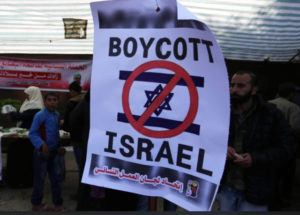
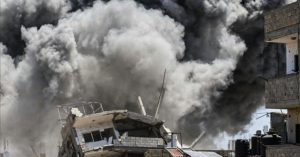
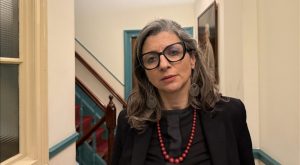

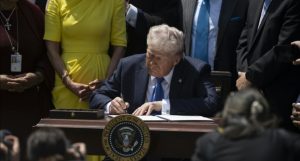
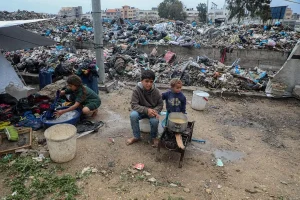
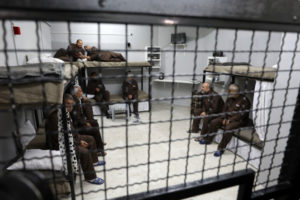

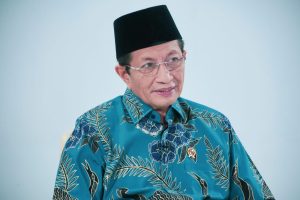
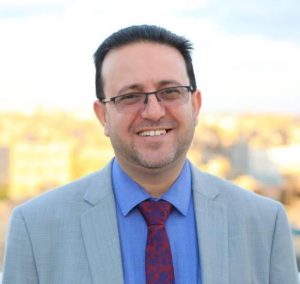
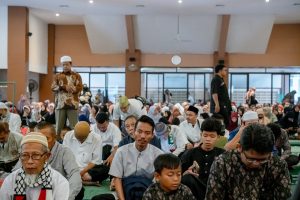

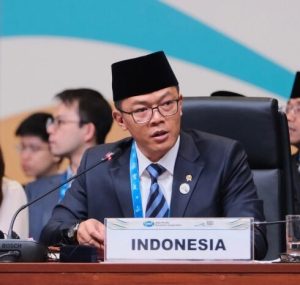






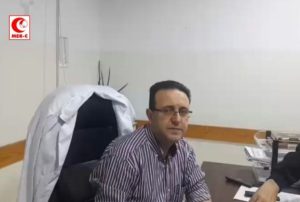


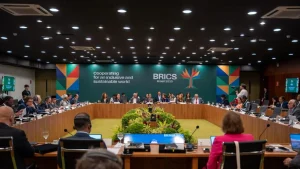

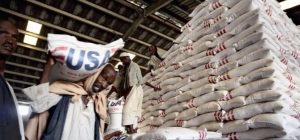



 Mina Indonesia
Mina Indonesia Mina Arabic
Mina Arabic